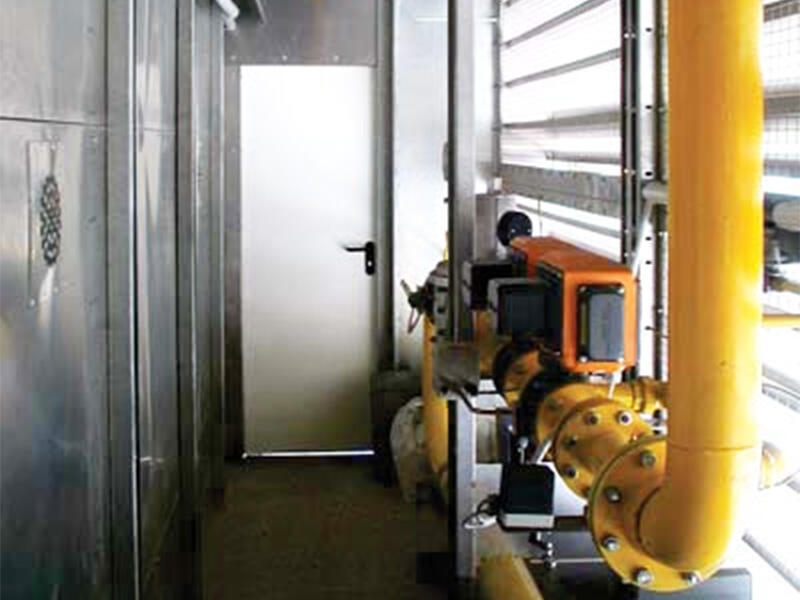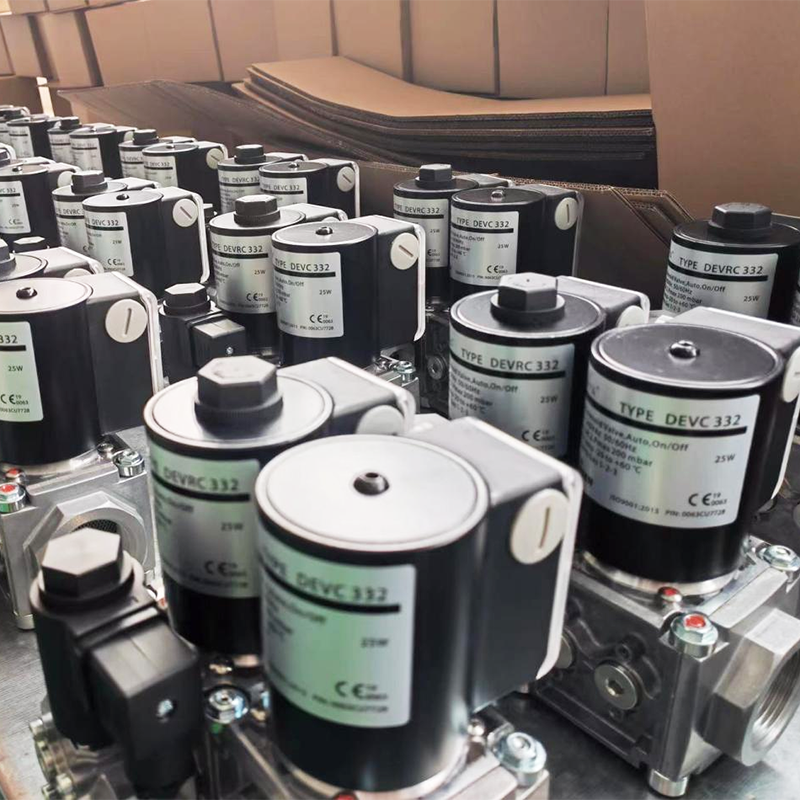Advances in High-Efficiency Burner Technologies
High-Efficiency Oil Burners for Precision Firing
Modern oil burners with high efficiency ratings are changing how we operate industrial burners, reaching efficiencies around 90% in many cases. Such efficiency means better fuel use and fewer harmful emissions, which fits nicely with what environmental regulations require these days. Improvements in combustion technology allow for much more precise control over the burning process. This helps cut down on wasted air and makes sure heat spreads evenly throughout the kiln chamber. For ceramic makers and glass manufacturers especially, getting the temperature just right matters a lot since it affects whether their finished goods meet quality standards. According to research from the Department of Energy, businesses that switch to these newer burner systems often see their operating expenses drop by roughly 30% over time. Those interested in exploring practical solutions might want to look at the various high efficiency oil burner models currently on the market.
Industrial Gas Burner Innovations
Recent developments in industrial gas burners have really concentrated on improving how stable and controllable flames can be, and this makes combustion work better while cutting down on those annoying flare emissions. Today's commercial models come equipped with built-in sensors that track what's happening during operation in real time, which helps fine tune how the combustion actually works. One major step forward has definitely been the invention of low NOx burners. Tests show they cut nitrogen oxide pollution by around half compared to older models. This progress didn't happen by accident either it comes from partnerships between companies making these burners and universities doing research. Factories across many sectors are now looking at these new technologies seriously because environmental regulations keep getting stricter. For manufacturers wanting to stay ahead of compliance requirements without sacrificing productivity, investing in upgraded gas burner systems just makes good business sense.
Optimizing Performance with Oil Burner Heat Exchangers
Heat exchangers for oil burners really make a difference when it comes to getting more thermal efficiency out of the system. They work by capturing heat from those hot exhaust gases and sending it back into circulation. When manufacturers optimize how these heat transfer systems are built, they often see better performance metrics. Some studies show fuel savings around 15% to maybe even 20% in certain applications. Most modern units are made to last longer while needing less frequent servicing, which saves money over time. Looking at what the industry says, there's no doubt these components help cut down on running expenses for thermal processes. As technology continues evolving, we're seeing new models come onto market that promise even greater returns on investment for businesses looking to upgrade their heating infrastructure without breaking the bank.
Hybrid Combustion Systems Revolution
Electric-Gas Hybrid Kiln Configurations
Electric gas hybrid kilns mark a big step forward in how we fire ceramics today. These kilns mix the good points of old school gas firing with the accuracy control of electric heating, which means better results for ceramic makers everywhere. The design cuts down on our need for fossil fuels, so it's actually helping push toward cleaner energy options. What makes these hybrids really useful is their ability to switch back and forth between gas and electricity depending on what's cheaper or available at the moment. Ceramic studios report saving around 20% on energy bills after making the switch. Plus, the products coming out of these kilns tend to be higher quality overall. For shops looking to cut costs without sacrificing quality, hybrid kilns offer both environmental benefits and economic sense in one package.
Retrofitting Traditional Kilns for Dual-Fuel Operation
Upgrading old kilns to run on two different fuels is actually a pretty smart move for companies wanting to get their equipment up to date without breaking the bank on brand new systems. These retrofitted kilns work with both natural gas and heating oil, which gives plant managers more options when picking their fuel source. And let's face it, fuel prices swing all over the place these days, so having that flexibility can save money in the long run. Real world examples show that after making these changes, emissions go down quite a bit too. That matters because governments keep tightening those environmental rules every year. Some plants even report getting their money back within just under two years after doing the retrofit. For manufacturers looking to cut costs and meet those ever changing green regulations at the same time, going dual fuel makes good business sense.
Sustainability-Driven Combustion Solutions
Hydrogen-Powered Kilns for Zero Emissions
Kilns running on hydrogen could mark a real turning point in getting rid of emissions from those super hot manufacturing processes we all rely on. When manufacturers switch to hydrogen instead of old school fossil fuels, they cut down their carbon output quite a bit. Some industry reports suggest around a third more companies might adopt hydrogen tech by mid next decade, which shows how serious businesses are getting about going green. Governments are also throwing money at this through various incentive programs while researchers work hard to build out the necessary hydrogen infrastructure across the country. While still early days, these kilns seem poised to become a key part of making manufacturing cleaner overall, though there's definitely more work needed before we see them everywhere.
Waste Heat Recovery Systems in Modern Kilns
Putting waste heat recovery systems into modern kilns helps save energy by grabbing back about 40% of what would otherwise go to waste. The systems make plants run better overall while cutting down on yearly energy bills, which makes running kilns more economically feasible. Industry studies show that kilns with these recovery systems meet tough environmental standards and often qualify for special grants too. In practice, companies that installed waste heat recovery reported real gains in how efficiently they operate and their sustainability numbers improved dramatically. For example, ceramic manufacturers saw their fuel consumption drop by nearly half after installation. These systems have become standard equipment for most industrial kilns today, especially among those trying to cut emissions without sacrificing production output.
Smart Technologies in Combustion Management
AI-Driven Temperature Control Systems
Temperature control systems powered by artificial intelligence are changing how we manage combustion in kilns across various industries. These smart systems actually learn from data over time, making adjustments to temperatures as conditions change throughout the day. The result? Better quality products coming out of the kiln and less wasted energy overall. Some manufacturing plants have already seen their energy bills drop by around 25% after installing these kinds of systems. With more factories looking for ways to cut costs while staying green, it seems likely that AI will become even more common in combustion technology applications. We're probably going to see continued improvements in both temperature precision and overall sustainability as these technologies mature and get adopted more widely across different sectors.
IoT-Enabled Predictive Maintenance Strategies
Predictive maintenance powered by IoT is making combustion systems run better than ever before. By collecting data from sensors throughout the system, operators can spot problems before they become major issues. The result? Less time spent fixing breakdowns and lower repair bills overall. Real time monitoring gives plant managers a heads up when something starts acting strange in the combustion chamber, so adjustments can be made while there's still time. According to recent research, this kind of forward thinking cuts down on surprise failures somewhere around 30% in most cases, which means smoother operations day after day. Looking ahead, as these connected technologies keep getting smarter, we'll likely see even more widespread adoption across industrial settings where reliable combustion performance matters most.
Incorporating smart technologies into combustion management, like AI-driven systems and IoT-enabled strategies, is crucial for advancing precision, efficiency, and sustainability in industrial operations.



